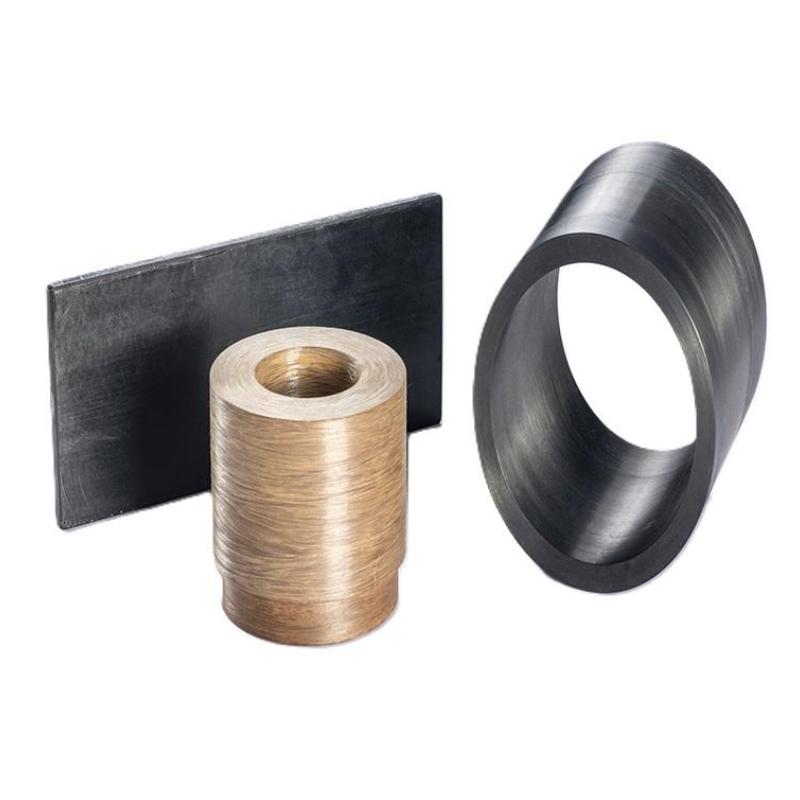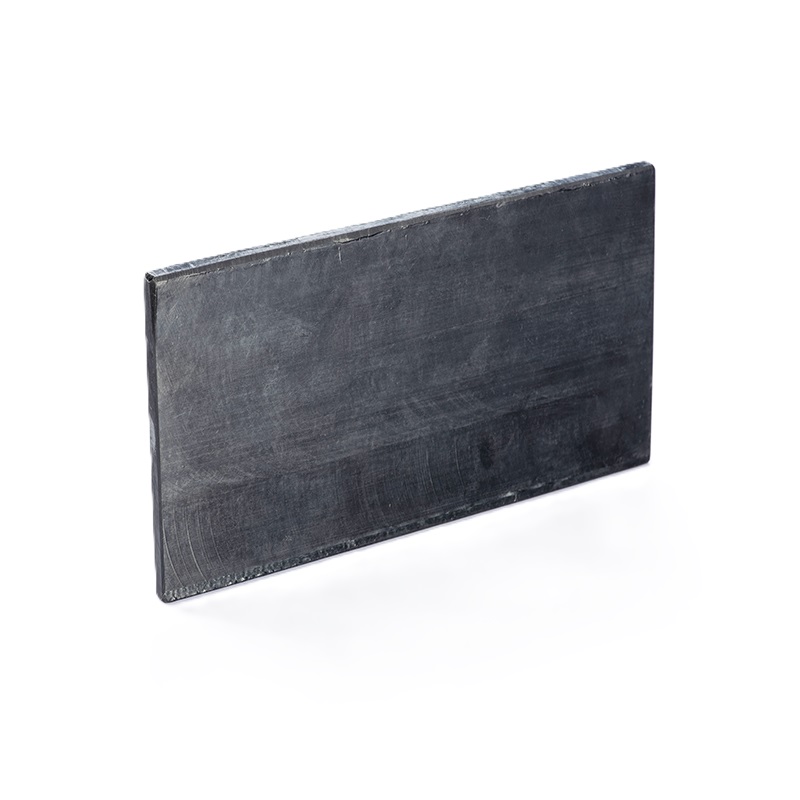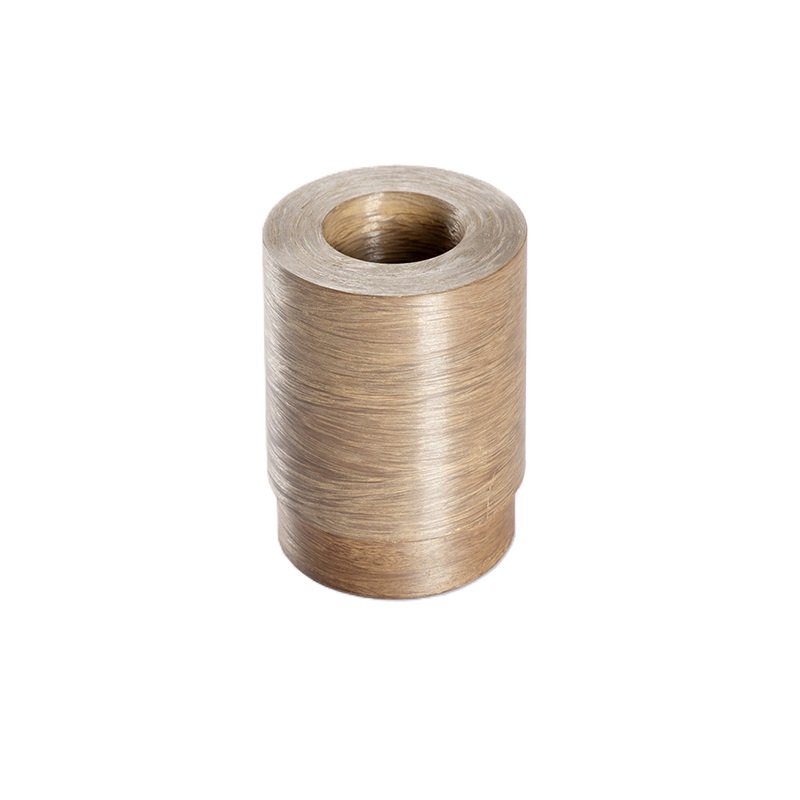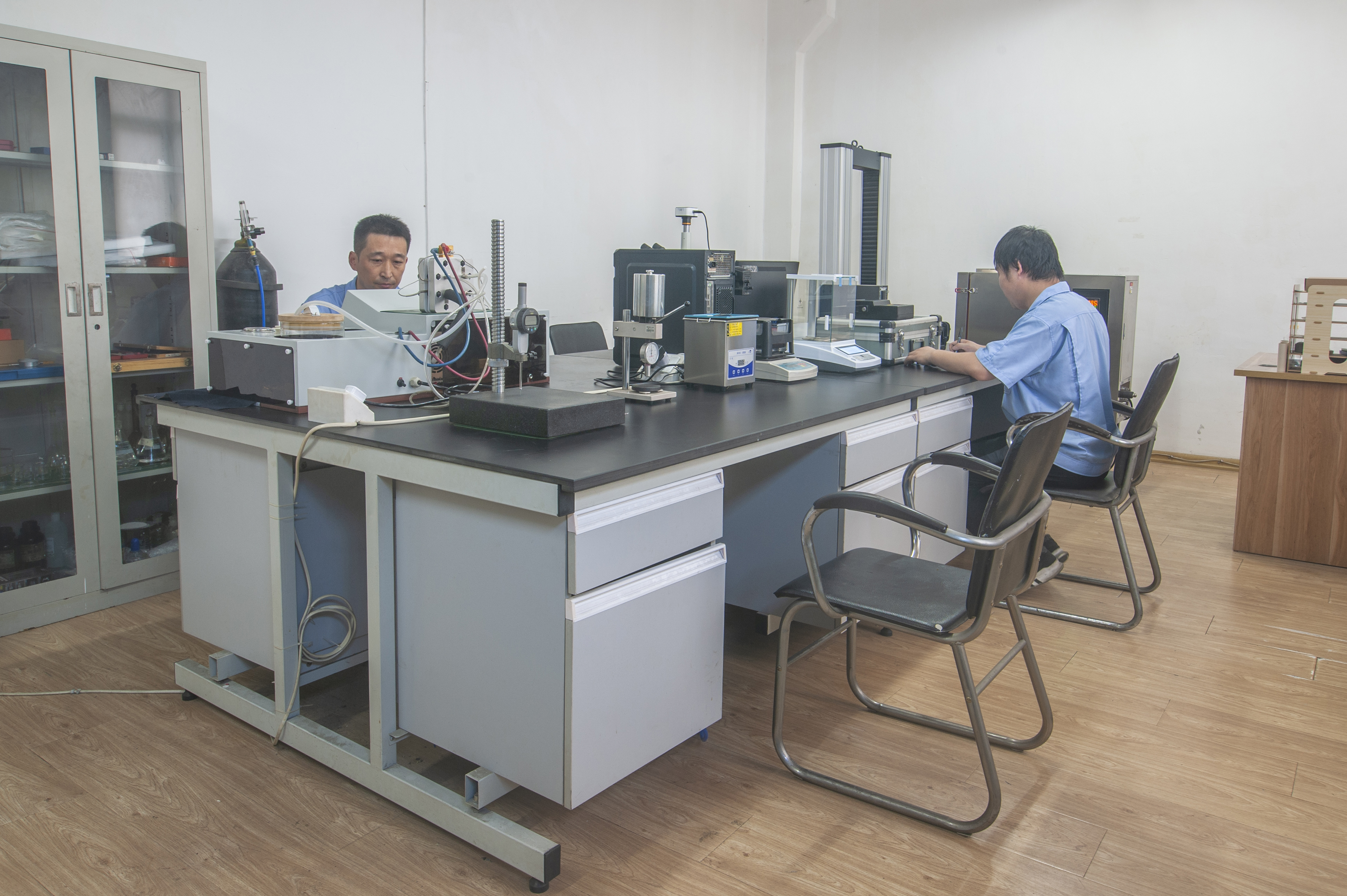Introduction to Continuous Fiber Reinforced PEEK Composite Profiles
Continuous fiber reinforced PEEK composite profiles are advanced materials, a key part of continuous fiber reinforced thermoplastic (CFRTP). Also called CFR PEEK Composites, they're made by embedding continuous fibers (like carbon fibers) into a PEEK resin matrix via a special process. Continuous carbon fiber reinforced polymer composites (CCFRPC) are a stand - out type in this group.
Manufacturing Process
High - quality continuous fibers, chosen for strength and stiffness, are pre - treated to stick better to PEEK resin. The heat - and chemical - resistant PEEK resin is melted or readied. Fibers are soaked in the resin. The fiber - resin mix, typical of Continuous fiber reinforced thermoplastic CFRTP, is shaped into profiles, often by pultrusion. During pultrusion, it's pulled through a die for a consistent cross - section, making high - precision, long profiles, common in CFRTP products like CFR PEEK Composites.
Material Properties
High Strength - to - Weight Ratio
Continuous fibers, especially carbon fibers, give Continuous fiber reinforced thermoplastic CFRTP in the CFRTP category a high strength - to - weight ratio. Fibers bear most of the load, while the light PEEK matrix holds them and spreads stress. So, these profiles can handle strong forces yet stay light, ideal for weight - sensitive uses like aerospace parts that use CFRTP materials for efficiency.
Good Thermal Resistance
PEEK resin has fair heat resistance, and adding continuous fibers makes it better in CFR PEEK Composites. The profiles can keep mechanical properties at high temps, up to PEEK's glass transition temp (about 143°C) or more. This suits them for high - temp places like industrial furnaces or engine parts, where CFRTP performance matters.
Great Chemical Resistance
The PEEK matrix gives profiles excellent chemical resistance, valued in CFR PEEK Composites. They can resist acids, alkalis, and organic solvents. This ensures durability in harsh chemical spots like chemical plants or marine areas, where CFRTP materials like CFR PEEK Composites need to be robust.
Applications
Aerospace
In aerospace, continuous fiber reinforced PEEK composite profiles, part of the CFRTP family, are widely used. In aircraft wings, their high strength - to - weight ratio (a key CFR PEEK Composites feature) cuts aircraft weight, improving fuel efficiency. Their thermal resistance, typical of CFR PEEK Composites, suits engine cowlings and other high - temp flight parts, showing CFRTP's importance in aerospace.
Automotive
In the automotive field, CFR PEEK Composites (a CFRTP type) are used for high - performance vehicle parts. In suspension systems, their strength and lightness (common in CFR PEEK Composites) aid handling and cut energy use. Their chemical resistance (a CFR PEEK Composites trait) makes them fit for parts touching automotive fluids.
Industrial Machinery
In industrial machinery, continuous fiber reinforced PEEK composite profiles (under the CFRTP umbrella) are used for high - strength, wear - and heat - resistant parts. They're good for conveyor belts as they can endure high - temp environments long - term, proving CFR PEEK Composites' quality. They're also used in precision - machinery parts as they can keep tight tolerances under different conditions, showing CFRTP materials' versatility like CFR PEEK Composites.
The fiber direction of this Continuous fiber reinforced thermoplastic CFRTP is consistent with the length direction of the profile, so it has high strength and stiffness. In addition, CFR PEEK Composite also has good fatigue resistance and chemical corrosion resistance, and can work stably for a long time in high temperatures and extreme chemical environments.
CFR PEEK Composite has a wide range of application prospects, and its application areas cover aerospace components, automotive parts, chemical equipment, oil drilling equipment, shipbuilding and sports equipment, etc. Thanks to its excellent performance and wide range of applications, CFR PEEK Composite has gradually become an ideal material in the engineering field.



